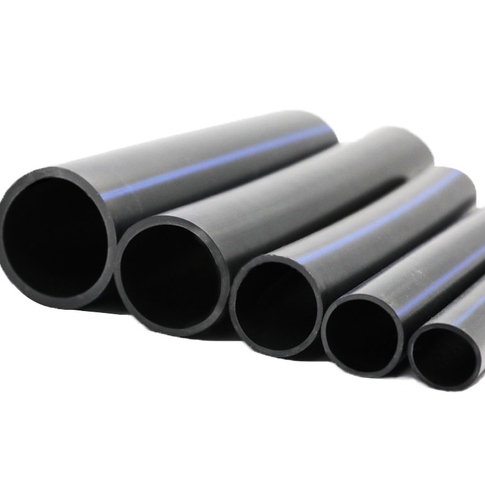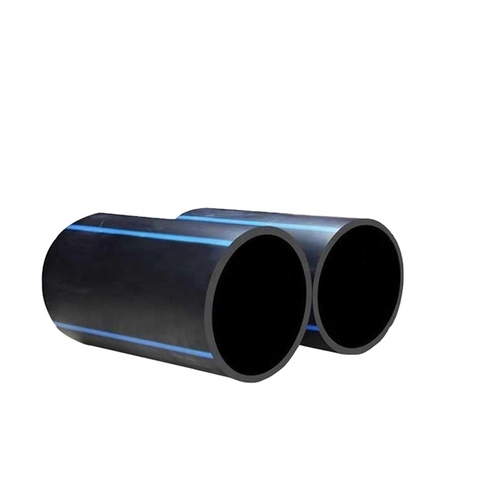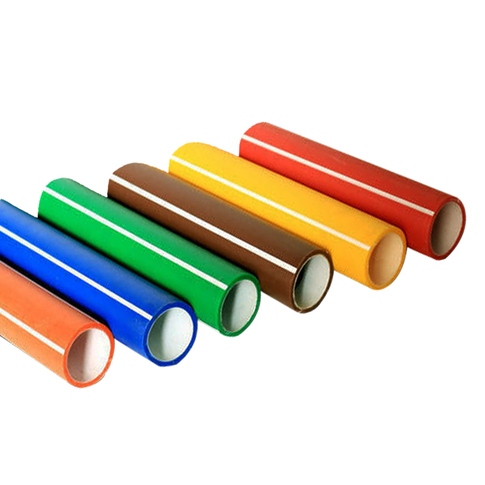14
Jul
Precautions For HDPE Pipe Construction
HDPE pipes, known for their durability and versatility, are widely used in various construction projects. Whether you are installing a new pipeline or replacing an existing one, it’s crucial to follow specific precautions during HDPE pipe construction. In this article, we will provide you with a step-by-step guide, highlighting the essential precautions to ensure a successful and long-lasting HDPE pipe installation. Let’s dive in!
Proper Planning and Design
Before commencing the construction process, thorough planning and design are vital. Consider the following precautions:
- Evaluate the Project Requirements: Assess the specific requirements of your project, including pipe diameter, length, and application conditions(Learn more about Advantages And Features Of HDPE Pipe). Understanding these factors will help you select the appropriate HDPE pipe specifications and ensure optimal performance.
- Conduct a Site Survey: Perform a comprehensive site survey to identify potential obstacles, underground utilities, or soil conditions that may affect the pipe installation process. This information will guide you in developing an efficient construction plan.
Material Handling and Storage
Proper handling and storage of HDPE pipes are essential to maintain their integrity. Follow these precautions:
- Protect from Sunlight: HDPE pipes should be shielded from direct sunlight to prevent ultraviolet (UV) degradation. Store them in shaded areas or cover them with opaque materials during transportation and on-site storage.
- Prevent Physical Damage: Avoid dropping or mishandling the pipes, as it can lead to cracks or deformities. Use appropriate lifting equipment and secure the pipes during transportation to prevent any physical damage.
- Maintain Proper Stacking: When stacking HDPE pipes, ensure an even distribution of weight to prevent excessive stress on the lower pipes. Use adequate support or racks to prevent pipe deformation or misalignment.

Trenching and Excavation
Proper trenching and excavation techniques are crucial for the stability and integrity of the HDPE pipe system. Take the following precautions:
- Determine Trench Dimensions: Plan the trench dimensions according to the pipe diameter, taking into account factors such as soil conditions, water table, and any necessary bedding or backfill requirements.
- Provide Adequate Bedding and Backfill: Use suitable bedding materials, such as sand or granular material, to provide a stable and uniform support for the pipes. Ensure proper compaction during backfilling to prevent settlement or pipe misalignment.
- Avoid Sharp Objects and Rocks: Remove any sharp objects, rocks, or debris from the trench bottom to prevent punctures or damage to the HDPE pipes during installation.
Pipe Installation
Proper installation techniques are crucial for maintaining the integrity and functionality of HDPE pipes. Follow these precautions:
- Ensure Proper Alignment: Carefully align the pipes during installation to maintain a straight and continuous pipeline. Avoid excessive bending or twisting that can lead to stress concentration and potential failures.
- Use Suitable Jointing Methods: Select the appropriate jointing method for your project, such as heat fusion or mechanical couplings. Follow manufacturer guidelines and ensure proper joint preparation and fusion parameters to achieve reliable and leak-free connections.
- Control Pipe Deflection: Prevent excessive pipe deflection during and after installation. Use proper equipment and techniques to ensure that the pipes remain within the acceptable limits of deflection specified by industry standards.
Quality Assurance and Testing
To ensure the integrity and performance of the HDPE pipe system, implement quality assurance measures and conduct necessary testing. Consider the following precautions:
- Perform Visual Inspections: Regularly inspect the pipes, joints, and fittings for any visible defects, such as cracks, deformities, or misalignments. Address any issues promptly to prevent further complications.
- Conduct Pressure Testing: Perform pressure testing to verify the integrity of the installed HDPE pipes. Follow industry standards and guidelines to determine the appropriate pressure levels and testing duration.
By following the precautions outlined in this step-by-step guide, you can ensure a successful HDPE pipe construction project. Proper planning, careful material handling, precise trenching and excavation, accurate pipe installation, and rigorous quality assurance measures will help you achieve a reliable and long-lasting HDPE pipe system. Remember to consult industry standards, manufacturer guidelines, and seek professional expertise when necessary. Adhering to these precautions will minimize potential risks and optimize the performance of your HDPE pipe construction endeavors.






